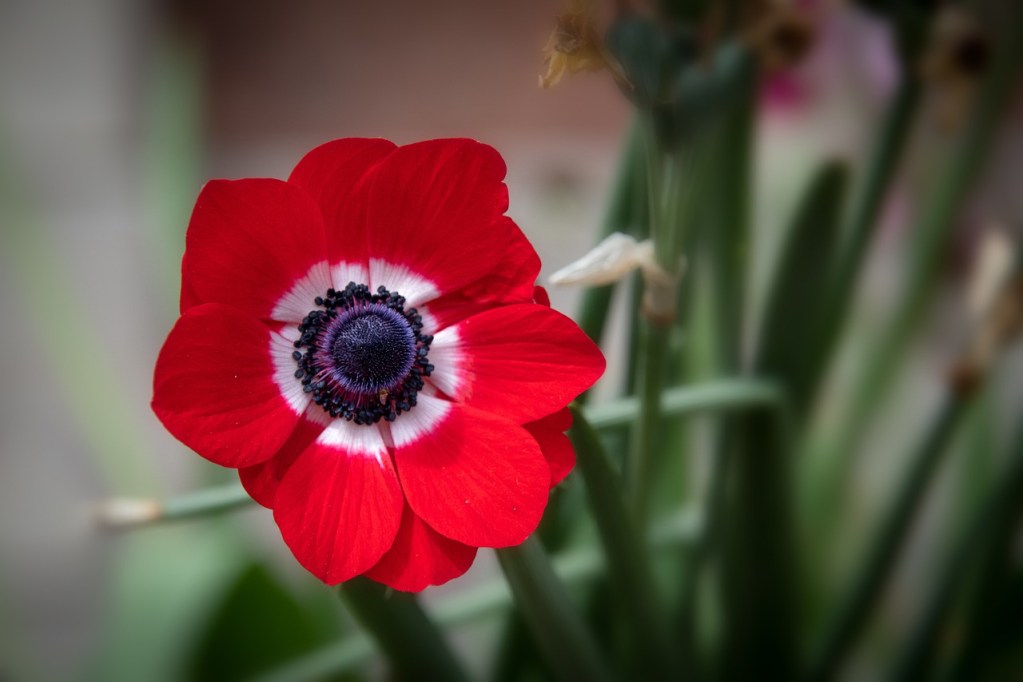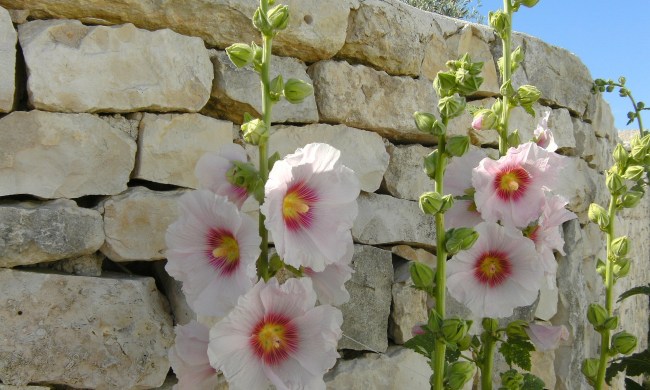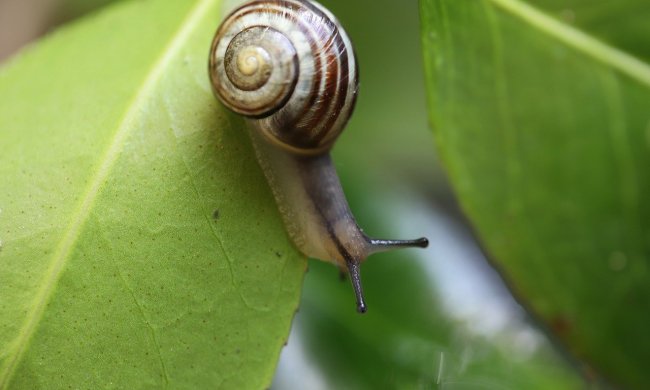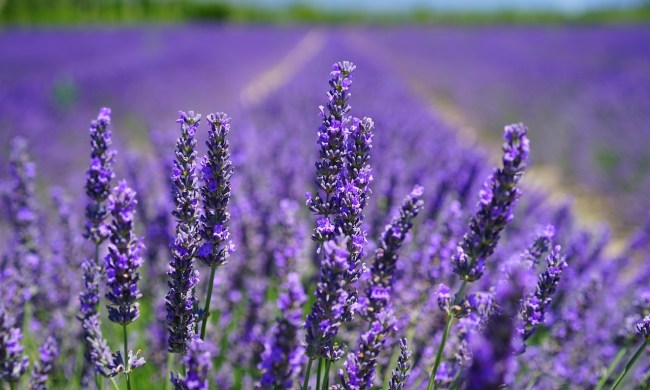Despite its name, the anemone flower won’t sting you like a sea anemone! However, these flowers are just as lively and colorful as their underwater counterparts. In fact, sea anemones were even named after anemone flowers for that very reason. Whether you want to bring a little bit of the sea to your garden or are just looking for something colorful and easy to grow, anemone flowers are sure to be a big hit. This guide to growing and caring for anemone flowers will help you keep your anemones thriving, so you can enjoy their beauty for years to come.
Planting anemone flowers

Anemones are typically planted in the fall, although there are some varieties that you can plant in the spring instead. Fall varieties will bloom in early to mid-spring, while spring flowers will bloom in early to mid-summer. Anemones grow from corms, which are similar to bulbs (you may even see anemone corms referred to as anemone bulbs). These corms should be spaced roughly half a foot apart from each other and a couple of inches deep. Larger corms can be planted slightly deeper. You can plant them in your garden or in containers.
Plant your anemone flowers in rich, well-draining soil. Anemones enjoy moist soil, but they can still become waterlogged if the soil doesn’t drain properly. Adding compost to your soil before you begin planting is a good idea. Depending on your climate, place your anemones in full sun to partial shade. Morning sun with afternoon shade is ideal for warmer climates, while anemone flowers in colder climates appreciate full sun.
Anemone care

Anemones are wildflowers, and like most other wildflowers, they require little care. They prefer moist soil, so regular watering, especially during dry weather, helps keep them bright and healthy. Avoid overwatering them by skipping watering sessions during rainy weather or if the soil is already damp. Anemone flowers typically don’t need to be fertilized, but a dose of balanced, slow-release fertilizer in the spring can give the blooms a boost. Anemone flowers don’t need to be deadheaded, but they do make lovely cut flowers.
You won’t need to worry about anemones during cool weather, but you may notice plants beginning to die back during fall and winter. If you’re concerned about frost damage, covering your anemone flowers will keep them safe. Anemones are actually fairly cold-hardy plants. While some of the foliage may die back during winter, as long as the corms remain undamaged, they’;; regrow in the spring.
Pests and diseases

Anemones can become the target of a few different pests, but the damage is typically cosmetic and not severe. The primary pests are beetles, aphids, nematodes, caterpillars, and slugs. Since the damage usually isn’t serious, you don’t need to take any particular precautions. If you have a regular garden pest control routine, you can extend it to cover your anemones. Insecticidal soap, neem oil, and other forms of organic pest control are all good choices.
Anemone flowers can also develop fungal infections. Leaf spot, root rot, stem rot, and mildew are all common garden fungal infections that you might see on anemones. Wet leaves and poor soil drainage are the main causes of these infections, so take care when planting and watering your anemones. A fungicide or home remedy can help treat fungal infections, but they are often easier to avoid or prevent than they are to treat.
Anemone companion plants

Anemones grow well with most other early-blooming spring flowers. Tulips, daffodils, crocuses, and lilies of the valley are all excellent companions for anemone flowers. If your anemone patch is in partial shade, you can add columbine, hellebore, lobelia, primrose, and bleeding heart, while liatris, coreopsis, and coneflowers are great full-sun companions. Not only does this mix create a colorful spring display, but it’s also popular with pollinators and wildlife.
If your garden needs additional foliage, hostas and ferns are good choices. They prefer the same conditions as anemone flowers and provide a lovely backdrop for their lively colors. Avoid planting anemones alongside plants that dislike wet soil. Cacti, succulents, and other drought-tolerant shrubs and plants aren’t likely to enjoy how often your anemones need to be watered.
Anemone flowers are a delightful addition to any spring garden, sure to bring joy with their array of colors. These wildflowers are easy to grow and look charming in your garden, in a container, or even as part of a cut flower bouquet or display. No matter what sort of garden you’re planning, anemones are likely to fit right in. When you see their cheerful blooms in the spring, you’re sure to be glad you planted them!




